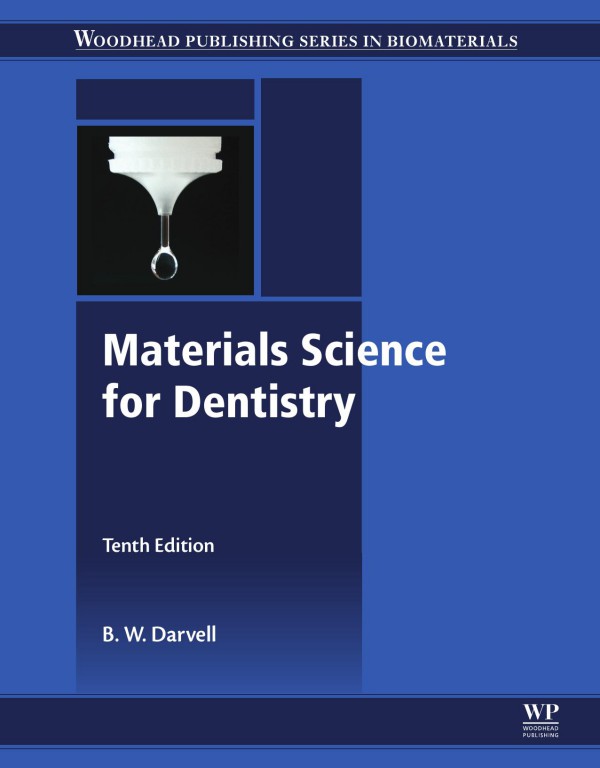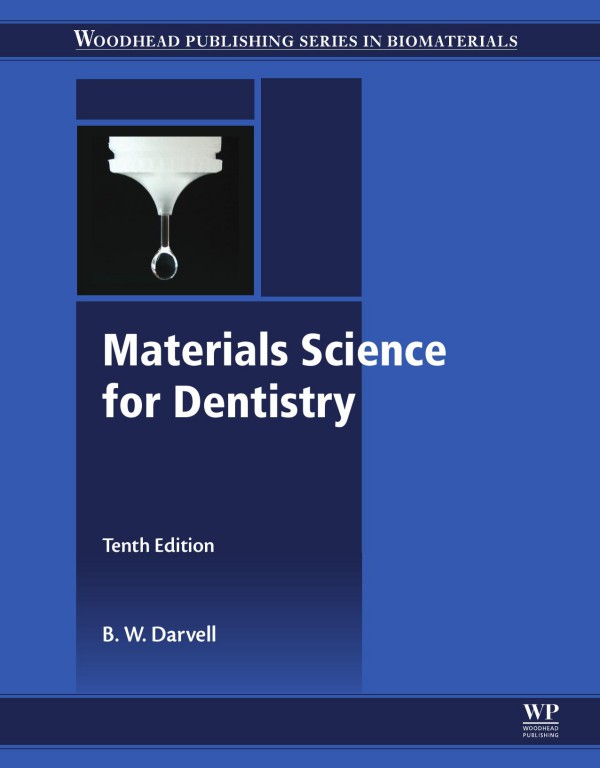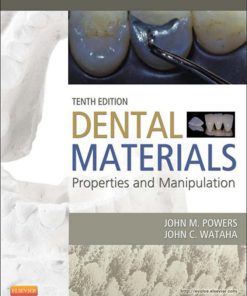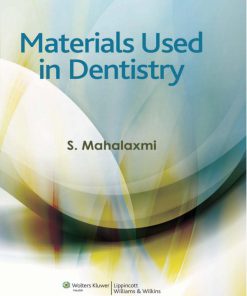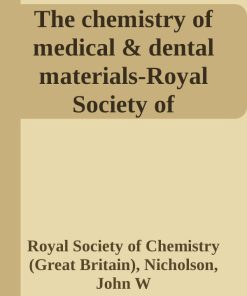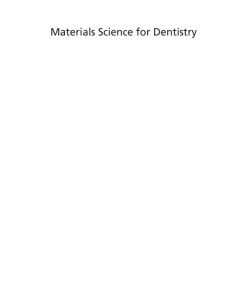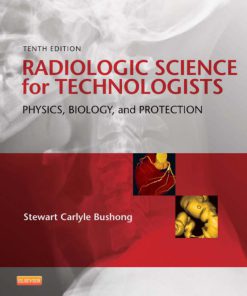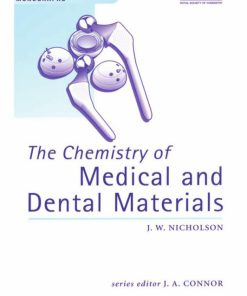Materials Science for Dentistry 10th Edition by B W Darvell ISBN 008101032X 9780081010327
Original price was: $50.00.$25.00Current price is: $25.00.
Authors:B. W. Darvell , Series:Dentistry [147] , Tags:Technology & Engineering; Biomedical; Materials Science for Dentistry; 10 (2018) 843. 978-0-08-101035-8 , Author sort:Darvell, B. W. , Ids:Google; 9780081010358 , Languages:Languages:eng , Published:Published:Mar 2018 , Publisher:Elsevier Science , Comments:Comments:Materials Science for Dentistry, Tenth Edition, is a standard resource for undergraduate and postgraduate courses in dentistry. It provides fundamental coverage of the materials on which dentistry depends, covering the structure and chemistry that govern the behavior and performance of materials. Particular classes of materials include gypsum, polymers, acrylic, cements, waxes, ceramics and metals. Other chapters review surfaces, corrosion, mixing, casting, cutting and bonding, and mechanical testing. This updated edition, which includes substantial chapters on chemistry, has been extensively revised with new material on temporary restoration resins, hydraulic silicate cements and the practical aspects of wetting surfaces. Mindfully written to provide explanations for behavior, formulation, clinical and laboratory instructions and procedures, there is no comparable resource for researchers, students, teachers and practitioners in the field of dentistry. Presents the most comprehensive and detailed book on dental materials science Includes new material that covers wetting, mechanics, zirconia, and fibers Contains a new chapter on chemistry Developed by an experienced international expert with feedback and input from practicing scientists, clinicians, instructors and students

